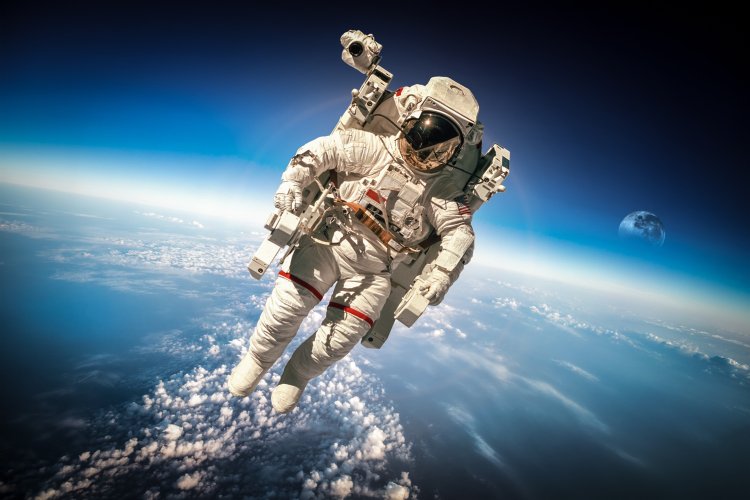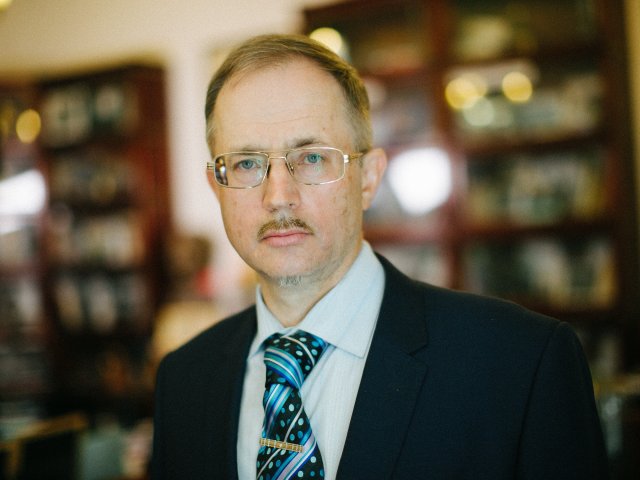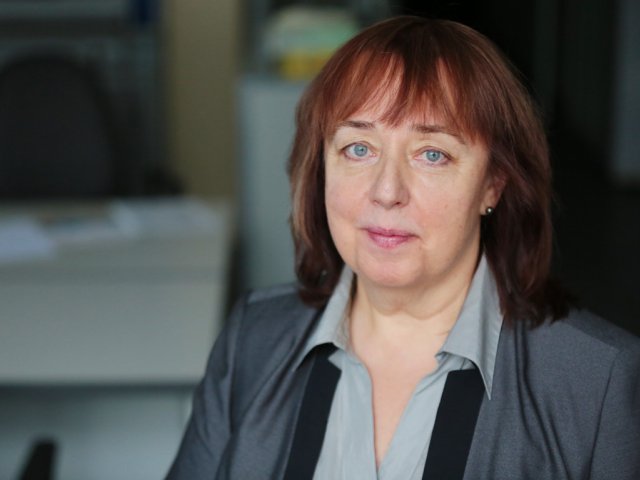Every third Russian would like to fly into space – these are the figures from recent polls. The idea is more popular with higher-income groups earning more than 80,000 rubles (US$1070 as of November 2021) per month – yet, this salary is far from enough, to say the least. Today, one would have to fork out about 1.5 billion rubles (more than US$20 million) for a chance to look at Earth from the orbit. Only seven people in history went for space journeys, having paid $20 to $35 million. Let us recall the history of space tourism.
Space Shuttle Challenger starts its engines: gray smoke erupts of its right-side booster due to a damaged O-ring causing the booster body to burns through. This will be understood later when video footage is examined from T+0. The shuttle lifts off, and its booster explodes at T+73 at an altitude of about fifteen kilometers, followed by debris falling into the Atlantic Ocean. This was the tragic end of a space journey that included the world’s first non-professional astronaut. Christa McAuliffe, an American teacher, chose to go to the orbit with the Challenger team under the Teacher in Space program. An engineering mistake caused seven people to die, and the US government imposed a ban on space flights for non-professionals.
It was not until 2001 that the first space tourist flight was a successful experience. Dennis Tito, an American entrepreneur, spent almost eight days at the ISS, circling the planet 128 times. He flew to the station with a Russian crew as a part of the Soyuz TM-32 mission. Heart problems showed up during lift-off. Later, Tito hurt his head as he hit a hatch in zero gravity. “This is the greatest adventure of my life. I have been to heaven and soared like an angel, looking down at the Earth. I knew it would be a risky adventure, and I prepared for the worst. However, I was euphoric for the entire six days,” said the first space tourist after returning to Earth.
The space tourism age began and ended in “aughts”: from the first flight in 2001 to the most recent one in 2009. Over this timespan, the International Space Station saw recreational visits from the South African entrepreneur Mark Shuttleworth, American entrepreneur and Ph.D. Gregory Olsen, the only woman among space tourists, Anousheh Ansari, the software architect Charles Simonyi who flew as a space tourist twice, the developer of Lineage, a popular computer game, Richard Garriott, and the founder of Cirque du Soleil Canadian Guy Laliberté. Only 7 people bear the title of space tourists.
Every tourist flight involved preparatory training as long as a year. This is invoked as one of the reasons why so few lay people have visited space. A multimillion-dollar spaceflight ticket would be small change for the world’s billionaires whose ranks number more than 2800, yet only seven signed up for a space journey. Perhaps the time-consuming process scared off potential travelers.
Today’s companies are designing space tours with simplicity and rapid training in mind. Instead of week-long trips to the ISS, organizers are now considering suborbital flight – a short tour at the boundary of escape from the atmosphere, about a hundred kilometers above sea level. They plan to offer a few minutes of zero gravity without year-long training and post-space adaptation at relatively modest rates – current talk goes at the order of $250,000.
Soyuz spacecraft of Russian design was the only choice of vehicle for past space tourists. The situation may change in the coming years: space tourism missions are planned by SpaceX, Blue Origin, Virgin Galactic. Until recently, the Russian company CosmoCourse was also in the market for transatmospheric journeys. It planned to design a reusable suborbital complex for space tourism and build a cosmodrome in the Nizhny Novgorod region. Early in April the company’s CEO said that the project was winding down. The reason cited were insurmountable difficulties in coordinating the requirements for the cosmodrome project with local authorities and the impossibility of securing the necessary regulatory documents from the Ministry of Defense for the design of a suborbital tourist rocket.
It is still unknown when exactly the next space tour will be launched as the target date is being put off again and again. 2023 is called as a possible date when a Japanese billionaire and eight volunteers he will choose are expected to fly in the vicinity of the Moon.
Photo on the homepage: cookelma / ru.123rf.com






















